The Rise, Fall, & Rise Again of Masonry in Residential Construction
Believe it or not, there are really only four main material types in modern residential construction. Manufacturers have been introducing various replications that mimic the look, to varying degrees of success, and improve the long term performance, again to varying degrees of success. In the end, these four material types are the aesthetics most Americans have loved for centuries. So why so much vinyl?
Brick remains a consumer's preference
For consumers of any zip code, the all brick home remains a top choice for today’s homeowner. The colors and styles of brick have changed over the years, but the core look of brick remains very popular.
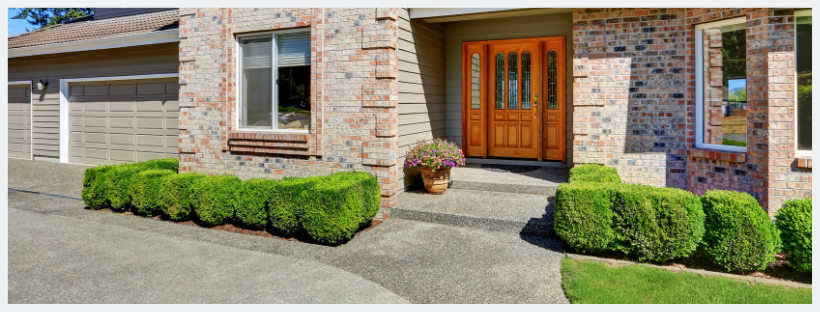
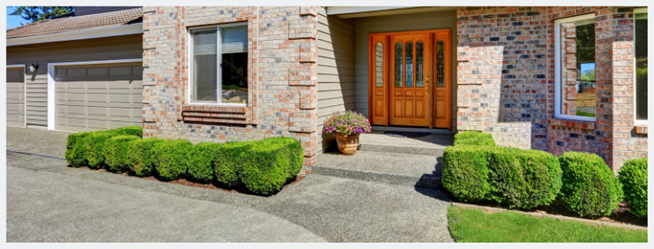
Recent trends have seen a shift toward expressive dark colors and paint overs of brick that still show the brick underneath. Whatever shape, color, or accent version, many homeowners are drawn to brick’s natural appeal. The Brick Industry Association reports 2018 brick trends to include whites, grays, black, painted and glazed exteriors, sleek palettes including deep reds, thin bricks, and larger sizes.
Most consumer research will confirm that in many markets, homeowners have always preferred the look of brick for its formal and timeless appeal. Stone has been on the rise as well, and cedar is a regional favorite, too. So if consumers love the look of brick & stone so much - why all the vinyl siding?
The fall of the masonry trade
According to the National Association of Home Builders/Wells Fargo Housing Market Index, shortages in 15 construction-specific occupations continue to grow. The lack of bricklayers and masons is fourth in severity. In 2005, the brick industry produced and sold roughly 9.2 billion brick units, at the lows of the Great Recession, only 2.8 billion brick units, and in a healthy 2017 only 4.8 bbu. What happened? The housing market came back, and the economy was strong. The material cost of brick didn’t change much over this time, but two main things happened to the labor that installs it.
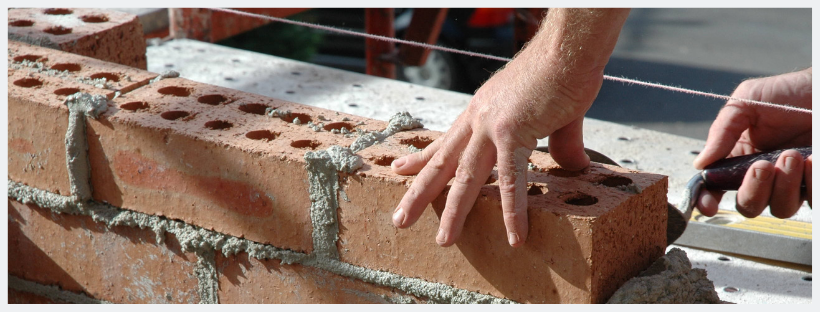
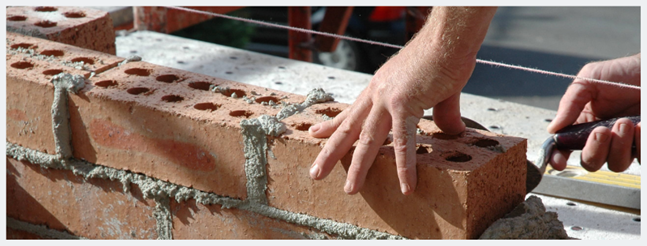
Less Young People Entering The Trade
First, there just weren’t many young people entering the trade to fill the ranks of those retiring or quitting the profession. There are too many complex reasons as to why; the fact is, there aren’t enough people entering the trades to keep up with demand.
Washed Out Experienced Tradesmen
The 2nd was, like many construction trades, the Great Recession washed out many people, and they never came back, opting to stay in whatever industry they migrated to in the 2007-2011 period. The net result was not enough Masons to meet the demand, so the total installed costs rose.
Increasing installation costs
Builders are caught between their customers desire for a solid brick, stone and wood homes and the troubles of sourcing enough skilled brick and stone masons to keep up with demand and maintain costs. The results were that many home designs started to minimize or eliminate brick and stone, simply because the prices were too high or it was too hard to find skilled masons to install.
Mixed Materials Trend
Additionally, there became a trend in residential exteriors to mix and match multiple material types. A home with a primarily stone exterior may have one brick wall as an accent. Whether this was driven by supply issues or by consumers is not exactly known, but a quick look through any contemporary new subdivision will show that mixed materials are a strong element of any new neighborhood design. This trend in mixed materials at the expense of masonry products is expected to continue, as the skilled labor shortage does not appear to have a solution in the near to midterm. Siding products reduce the cost to install and by reducing typical brick construction costs.
New solutions for today’s home builder
People want houses, and they want brick exteriors. Arcitell's answer to the builder’s dilemma is Qora Cladding. Qora delivers the exceptional beauty and durability of traditional brick and stone but is designed in such a way that does not require skilled masons to install.

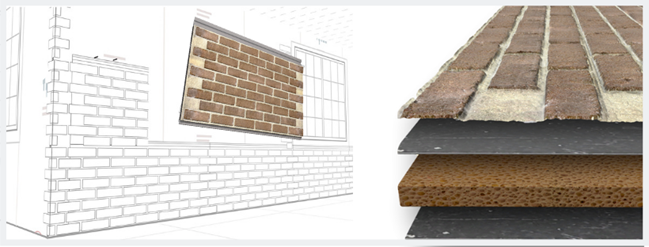
Qora Cladding is installed similar to siding products, which dramatically decreases installation time and simplifies the entire process. Forward-thinking residential builders will use the new residential construction technologies to build homes with the curb appeal that consumers love at reasonable costs that they can afford.
----------------
About The Author
For over 20 years, Ben has been engaged in the siding industry with a focus on commercializing new products and developing new markets. His experience includes Universal Forest Products, CertainTeed and LP Building Products where he was a key player in executing the growth strategy behind LP SmartSide. At Arcitell, he is commercializing a new technology into the North American market called Qora Cladding.

